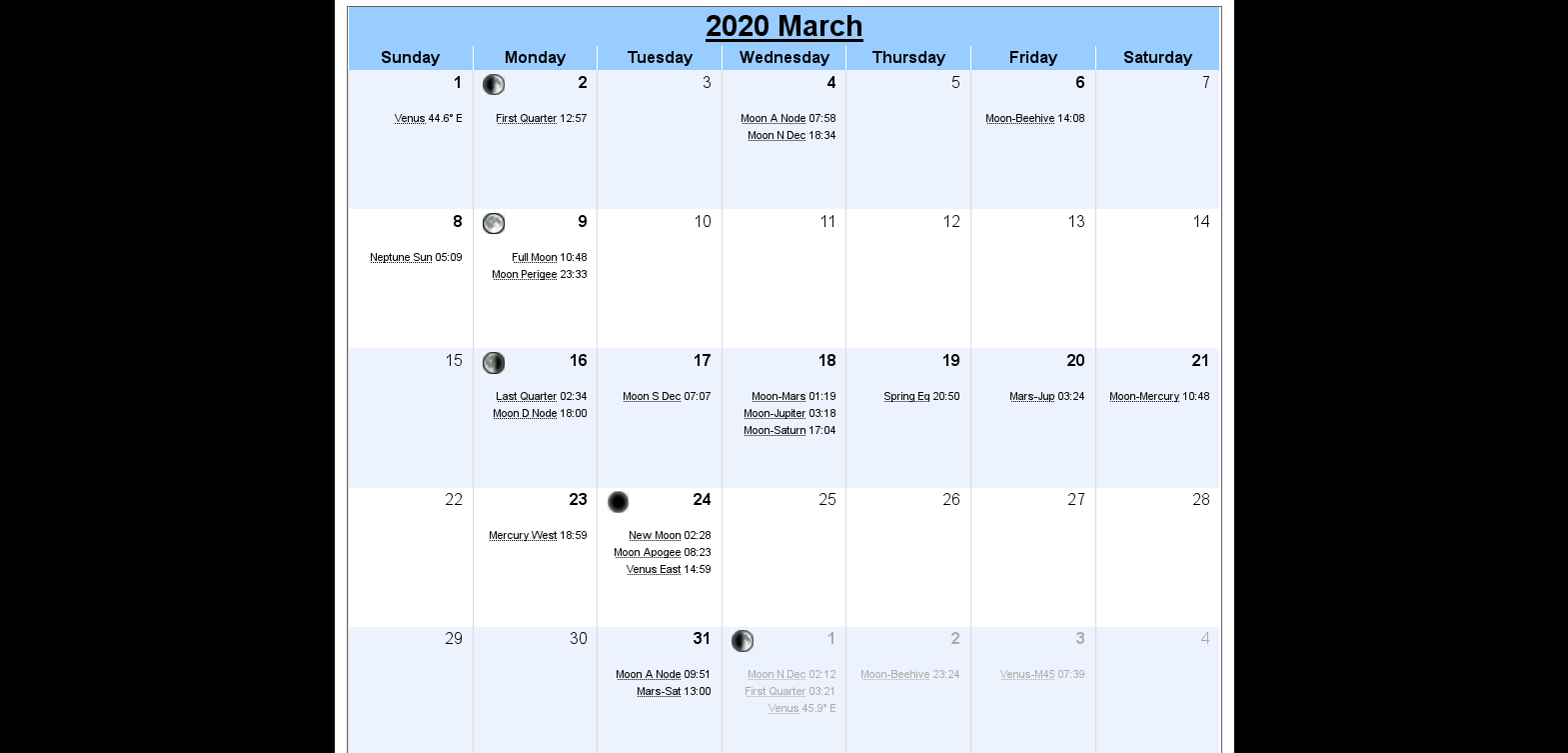A conjunction is when two objects have the same Right Ascension (ie the same longitude in the sky) When planets have conjunctions they will be close to each other, since they follow the ecliptic. The time of conjunction might not be the time of closest alignment. A conjunction is a moment in time you can only have two planets in conjunction, not three or more.
An alignment is a less precise term meaning "in a line". There can be several planets roughly in a line.
There are some conjunctions this spring: Mars passes Jupiter (on 20 March) and Saturn (on 31st March) in the morning sky, close to the sun. Because Jupiter and Saturn move slowly, they won't reach a conjunction with each other until December. Again this will be too close to the sun to be observe easily.
There will be times when Mars, Jupiter, Saturn and the moon are all roughly aligned in the morning sky this spring. The planets are going to remain roughly aligned, and the moon moves quickly so will pass through. But as the sun is also nearby, it won't be much of a spectacle.
Be aware that in some news reports and so on "conjunction" is used less formally. A close alignment can look quite impressive, and so may be reported in non-specialist media. But, for example, the moon has a conjunction with each of the planets every month (and there was a conjuction between a crescent moon and Venus at the end of Feb 2020). Conjuctions are not themselves rare.
